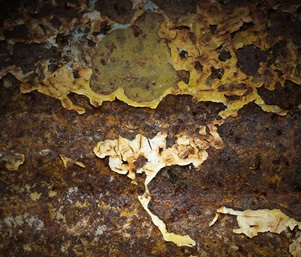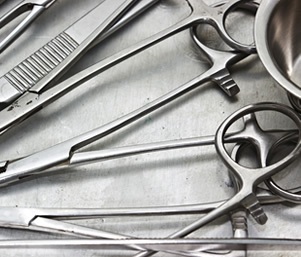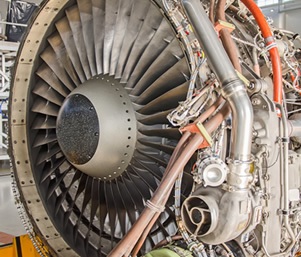The Versatility of Stainless Steel
 Stainless steel is well known for being incredibly versatile. Alterations can be made to its precise composition to help create a metal that is suitable for a specific job in a variety of situations.
Stainless steel is well known for being incredibly versatile. Alterations can be made to its precise composition to help create a metal that is suitable for a specific job in a variety of situations.
There are five basic types of stainless steel all with their own composition and properties and are created by adding different amounts of alloys such as chromium or nickel during the manufacturing process.
 Austenitic
Austenitic
Highly resistant to corrosion Austenitic stainless steel, also referred to as the 300 series, is the most commonly used steel. Made up of 18% chromium and 8% nickel austenitic steel works perfectly in both low and high temperatures and boasts fantastic hygiene properties, which is why it is perfect for use in food processing equipment, kitchen sinks and chemical equipment.
Martensitic
With a carbon content higher than most other stainless steels martensitic stainless steel was the first type of steel to be commercially developed. Commonly used to manufacture things such as knife blades, pins and surgical instruments martensitic stainless steel has some magnetic properties and goes harder when exposed to high temperatures.
 Ferritic
Ferritic
Containing carbon levels of 10.5% and up to 27% chromium Ferretic stainless steel along with Martensitic stainless steel is also known as the 400 series. It is extremely magnetic, highly resistant to corrosion and does not change toughness when exposed to extreme heats, which means it has a variety of uses. From washing machines to car exhaust systems Ferritic stainless steel is extremely versatile.
 Duplex
Duplex
Duplex stainless steel is the mix of two different steels. Austenitic and Ferritic steels are combined to achieve a higher level of chromium and a lower amount of nickel, bringing the best properties of both steels to bear. It is easy to work with, simple to weld and is better than any other type of stainless steel for resisting corrosion.
Precipitation Hardening
Adding a variety of elements to Austenitic stainless steels will result in Precipitation Hardening. This stainless steel is extremely tough and hard wearing and can be easily shaped once it has been heated. It is also highly resistant to corrosion, which means it is perfect for use in the manufacturing of aircraft parts.
For more information on all the alloys we supply feel free to contact us.



